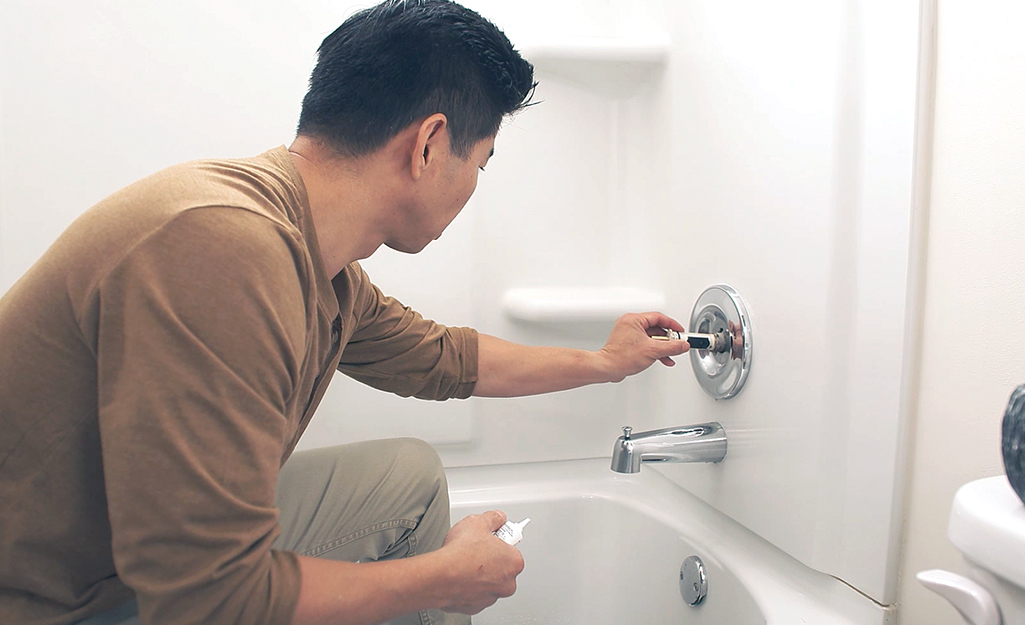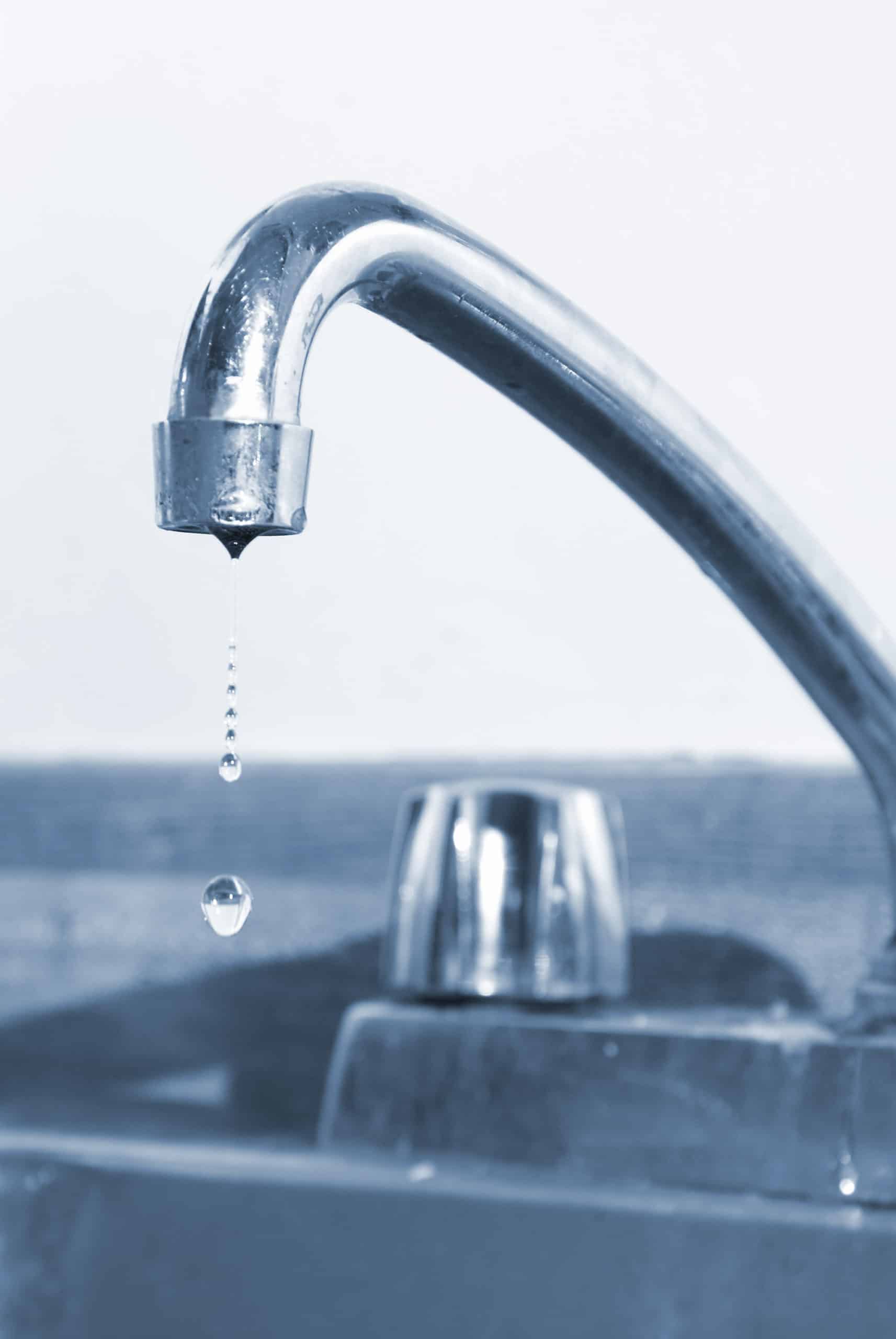Exploring the Relevance of Fixing a Faulty Faucet
Exploring the Relevance of Fixing a Faulty Faucet
Blog Article
We have found the article relating to How to Fix a Dripping or Leaky Faucet below on the internet and think it made sense to talk about it with you on this site.

Leaking faucets could feel like a small inconvenience, but their impact goes beyond simply the nuisance of the noise. From wasting water to incurring unnecessary financial costs and health risks, ignoring a trickling tap can cause different consequences. In this write-up, we'll look into why it's vital to address this typical household concern immediately and successfully.
Wastage of Water
Ecological Effect
Trickling faucets add substantially to water wastage. According to the Epa (EPA), a solitary tap leaking at one drip per secondly can squander greater than 3,000 gallons of water per year. This not only pressures water resources however additionally affects environments and wild animals dependent on them.
Financial Prices
Enhanced Water Expenses
Past the ecological impact, dripping faucets can pump up water expenses considerably. The gathered wastage in time equates into higher energy costs, which might have been prevented with timely repair services.
Prospective Building Damages
Furthermore, long term dripping can result in harm to components and surfaces surrounding the faucet. Water accumulation can trigger discoloration, deterioration, and also architectural issues if left ignored, causing additional repair costs.
Health and wellness Worries
Mold And Mildew and Mildew Development
The constant presence of moisture from a trickling tap creates an optimal atmosphere for mold and mildew and mold development. These fungi not only compromise interior air high quality however likewise pose wellness risks, especially for people with breathing conditions or allergies.
Waterborne Conditions
Stagnant water in dripping taps can become a breeding ground for germs and various other virus, increasing the danger of waterborne illness. Contaminants such as Legionella germs thrive in stationary water, possibly resulting in significant diseases when consumed or breathed in.
DIY vs. Expert Fixing
Advantages and disadvantages of DIY Fixing
While some may attempt to take care of a trickling faucet themselves, DIY repair services feature their very own set of obstacles. Without correct knowledge and tools, DIY efforts can exacerbate the issue or result in incomplete repair services, extending the trouble.
Advantages of Hiring a Professional Plumber
Hiring a professional plumber makes sure that the underlying root cause of the leaking faucet is dealt with properly. Plumbing professionals have the experience and tools to identify and repair tap concerns successfully, conserving time and reducing the risk of more damage.
Step-by-Step Guide to Dealing With a Dripping Faucet
Devices Required
Prior to attempting to deal with a leaking tap, gather the necessary tools, consisting of an adjustable wrench, screwdrivers, replacement components (such as washing machines or cartridges), and plumber's tape.
Typical Tap Issues and Their Solutions
Determine the sort of faucet and the details issue triggering the drip. Usual problems include damaged washers, corroded shutoff seats, or damaged O-rings. Refer to manufacturer directions or on-line tutorials for detailed guidance on repair services.
Safety nets
Normal Upkeep Tips
To stop dripping faucets, carry out routine upkeep such as cleansing aerators, inspecting for leaks, and changing worn-out parts quickly. Additionally, take into consideration setting up water-saving devices or updating to much more efficient components.
Importance of Prompt Repairs
Addressing trickling faucets as quickly as they're discovered stops further water wastage and possible damages, ultimately conserving both water and cash in the long run.
Influence On Property Worth
Assumption of Well-Maintained Residential Property
Preserving a home in good condition, including attending to upkeep issues like trickling faucets, improves its regarded value and charm among potential purchasers or lessees.
Impact on Resale Worth
Residences with properly maintained plumbing fixtures, including faucets, command higher resale worths in the property market. Addressing leaking taps can add to a favorable impact throughout building assessments and settlements.
Ecological Duty
Specific Payment to Preservation
Taking responsibility for repairing leaking faucets aligns with broader efforts towards water preservation and ecological sustainability. Every individual's activities jointly make a considerable effect on preserving precious sources.
Sustainable Living Practices
By focusing on timely repair work and taking on water-saving routines, individuals contribute to sustainable living practices that benefit both existing and future generations.
Conclusion
Attending to a leaking faucet surpasses mere ease; it's a necessary step towards conserving water, lowering financial prices, and securing health and home. Whether via DIY repair services or professional support, doing something about it to take care of trickling taps is a small yet impactful method to advertise liable stewardship of resources and contribute to a healthier, much more lasting future.
How to Fix a Leaky Faucet: Step-by-Step Repair Guide
A leaky faucet may seem like a simple annoyance, but if it's not fixed promptly, that leak could cost hundreds to potentially thousands. From water damage to mold, mildew, and high water bills, even a tiny leak can be catastrophic if left unattended. Damage like this can even affect the overall value of your home, so it's important to take the right approach for leaky faucet repair. You may need the help of a plumber in some cases, but we've got a few tips you can try on how to fix a leaky faucet before calling the pros.
Four Faucet Types
When you're learning how to fix a leaky faucet, the first step is knowing what kind of faucet you're working with! There are four common types.
Cartridge Faucets
Cartridge faucets come in one- or two-handled varieties. In one-handled cartridge faucets, hot and cold water combines in a single cartridge. In the two-handled versions, hot and cold water are controlled separately and mixed in the faucet.
Ball Faucets
Ball faucets have a single lever you push up and down to adjust the pressure and rotate to change the temperature. A slotted metal ball controls the amount of water allowed into the spout.
Compression Washer Faucets
They're the oldest type of faucet, but they're still used in many homes — especially older ones. Compression faucets have two separate handles that, when turned, raise or lower the washer that seals a water valve. This valve stops water from flowing through the faucet when it is turned off.
Disc Faucets
Disc faucets rarely need to be repaired due to their maintenance-free design. The water flow is controlled by two discs — the upper one raises and lowers against a fixed lower disc, creating a watertight seal. If your disc faucet starts leaking, you may need to replace the seals or clean residue buildup from the inlets.
Fixing a Leaky Faucet
Step 1: Turn Off the Water
Whether you're learning how to fix a leaky bathtub faucet or how to fix a leaky kitchen faucet, always turn off the water supply to your working area when you're fixing a leak. The last thing you want is a flood added to your list of things to fix.
Look for the shutoff valves below your sink or around the tub and turn them clockwise to stop the water flow. If your faucet doesn't have shutoff valves, you may need to turn off the water for the whole house. Check to make sure it's off by turning the faucet on. If nothing comes out, you're ready to start the repair.
Step 2: Take Apart the Faucet
How you disassemble your faucet depends on the type of fixture you have. You can use a flathead screwdriver to remove the caps on top of the handle or handles for cartridge and compression faucets. Inside, you should see handle screws. Unscrew these with a screwdriver to remove the handle.
Disc- and ball-style faucets will typically have an inlet screw near the handle, and removing that will reveal the interior of the faucet.
Detach the Valve Stem
For cartridge- and compression-style faucets, you'll see the inner valve stem or cartridge once you remove the faucet handles. If you have a compression faucet, unscrew the brass valve stem. If you have a cartridge faucet, pull out the cartridge. If your cartridge has been in place for a while, it may require some tools or extra force to remove it due to mineral deposits.
Examine and Replace Parts
Once you've removed the parts, check them out to confirm what needs to be replaced. You may see corroded rubber washers, O-rings, stems, or cartridges. On a ball-style faucet, check the seats and springs for damage.
If you need to repair a leaky disc faucet, check the inlet and seals on the lower disc.
Once you determine what parts must be replaced, visit your local hardware store. Bring the damaged parts with you to ensure you can purchase the correct components to replace them.
Clean Valves and Faucet Cavity
If you've removed a stem or cartridge, you may notice mineral buildup in the faucet's threads. Use white vinegar to clean the valve seat by soaking it for a few minutes, then scrub it away with a soft toothbrush and rinse with warm water. You can also clean the interior of the faucet in the same way.
Reassemble the Faucet
Once your faucet is cleaned and the required parts have been replaced, it's time to reassemble it. Put the pieces back together and slowly turn the water supply back on. Doing this slowly is crucial because too much initial water pressure can damage the new hardware you've just installed.
https://homewarranty.firstam.com/blog/how-to-fix-leaky-faucet

Hopefully you enjoyed reading our topic on Leaky Faucets: Why They Happen & What to Do About Them. Thanks a lot for taking a few minutes to read through our blog. Loved our content? Please quickly share it. Let other people check it out. I am grateful for your time. Kindly visit our blog back soon.
Report this page